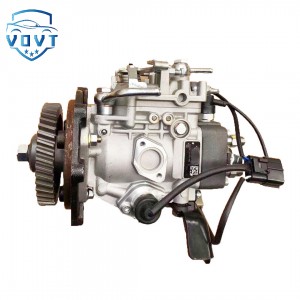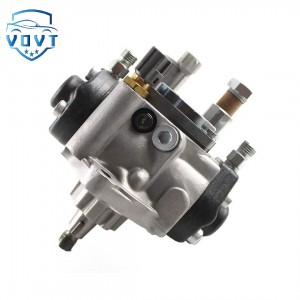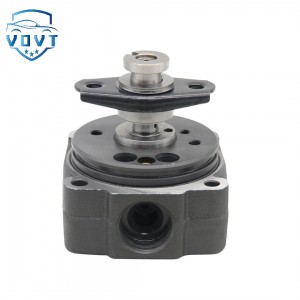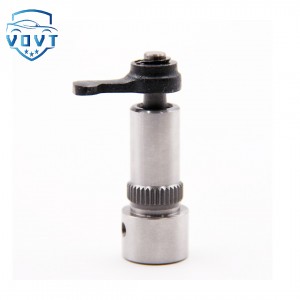High Quality Diesel Fuel Injection Pump Plunger 9 411 085 006 9085-006 Engine Parts 9411085006
products description
| Reference. Codes | 9 411 085 0669085-006 |
| OE/OEM Codes | / |
| Application | / |
| MOQ | 6PCS |
| Certification | ISO9001 |
| Place of Origin | China |
| Packaging | Neutral packing |
| Quality Control | 100% tested before shipment |
| Lead time | 7~15 working days |
| Payment | T/T, L/C, Paypal, Western Union or as your requirement |
4 Methods To Identify Diesel Engine Plunger Wear
The plunger pair in the diesel engine is a consumable part. If it is replaced at will during the maintenance of the diesel generator set, it will inevitably cause waste. Therefore, it is important to master its identification method.
According to the arrangement of the plunger, the plunger pump can be divided into a radial plunger pump and an axial plunger pump. The axis of the plunger of the axial plunger pump is parallel to the axis of the drive shaft, while the axis of the plunger of the radial plunger pump is perpendicular to the axis of the drive shaft. Regardless of the form, the basic principle is the same.
The function of the plunger pair of the diesel engine injection pump is to increase the diesel pressure to meet the requirements of the injection pressure of the injector nozzle and control the oil volume and fuel supply time. The plunger pair is an important component in the injection pump assembly. It must not only have good sealing, but also good sliding properties. If the plunger is stuck or stuck, it will make the rack difficult to move, or even unable to move, and the adjuster will fail.
The damage of the plunger pair is mainly wear, and the wear parts are mainly concentrated on the local working surface, that is, the corresponding parts of the plunger head and the plunger sleeve oil inlet hole, the edge of the inclined groove stop supply and the edge of the return oil hole. The inspection and identification methods are as follows:
(1) On-vehicle inspection.
① Fault analysis method. The wear of the plunger pair has the greatest impact on the fuel supply advance angle. When the fuel injection pump starts to supply fuel late, the fuel supply time ends early, and the fuel supply pressure is insufficient, stop the car and crank the crankshaft to listen to the fuel injection sound. If you can't hear the normal fuel injection sound, it means that the plunger pair is seriously worn and should be replaced.
② Finger-top feel method. Remove the high-pressure oil pipe, put the throttle at the maximum fuel supply position, press the thumb hard on the oil outlet valve seat pipe mouth, and then crank the crankshaft to make the oil pump supply oil or use a screwdriver to press the pump foot. If the oil pressure is very high and the thumb is difficult to press, it means that the plunger pair can continue to be used; if the oil pressure is weak, it means that the plunger pair is seriously worn and should be replaced.
(2) Injector test method. When checking the plunger pair of the cylinder, remove the high-pressure oil pipe and turn it to another angle, connect a standard injector (pressure adjusted to 19.6 MPa), make the injector nozzle face downward, fix the throttle at the maximum fuel supply position, and crank the crankshaft after decompression to observe the atomization condition of the injector. If the atomization is good, it indicates that the plunger pair can continue to be used; if the injector does not spray oil, it indicates that the plunger pair is worn and the pump oil is weak, and it can no longer be used.
(3) Instrument measurement method. Use a pressure gauge with a range of 0-60 MPa, connect it to the high-pressure oil pipe of the cylinder injection pump, put the throttle at the maximum fuel supply position, crank the crankshaft to clear the air, and let the gauge pressure rise to 24.5 MPa. Observe the oil pressure drop speed on the pressure gauge. Generally, it should drop from 24.5 MPa to 14.7 MPa for no less than 5-10 minutes to be good.
(4) Observation method. Use the naked eye or a 4-10x magnifying glass to check whether there are obvious signs of wear, strip grooves, or rust spots on the surface of the plunger, whether the edges of the oblique grooves and straight grooves on the head of the plunger are blunted or peeled off, and whether the plunger has defects such as bending or head deformation.























